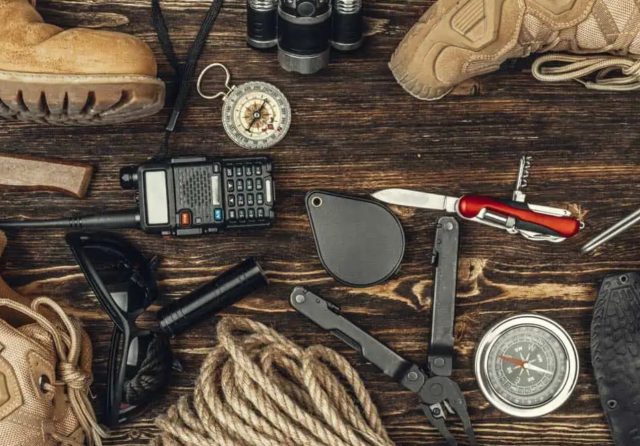
Any amateur Tarzans among us might find themselves wondering: what exactly does a person need to survive, even thrive, deep in the wilderness.
Surely your own bare hands and a spear would be enough… right
Well, wonder no more, because we’re proud to present you with some of the most important items necessary to keep yourself alive and defend against potential threats when you’re at the mercy of the elements.
From staying fed and watered to protection from wild animals and possible strangers, you need to ensure you are wholly prepared for everything you might face in a survival situation or dangerous scenario.
Be aware that this list is by no means exhaustive!
There are many more extensive informational guides out there, each detailing far more broadly how best you can make a life for yourself amongst the trees.
We’re simply offering up a handy list of the main essentials – so without further ado, let’s go ahead and get started.
Top Eight Items For Successful Wilderness Survival
In no particular order, here is everything you need to navigate the great outdoors and outwit Mother Nature. She’s a crafty mistress, so don’t head out there unprotected!
#1 – First Aid Kit
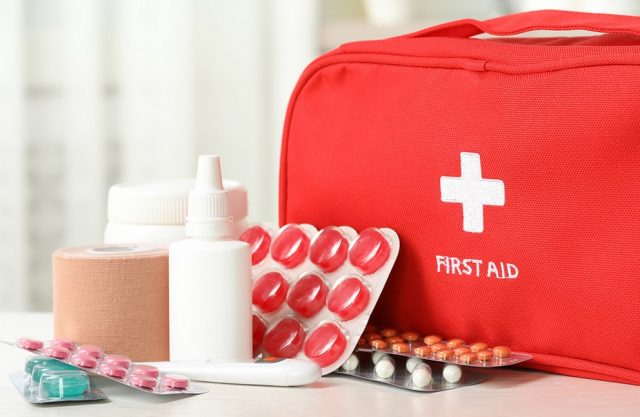
Do we really have to explain this one? You’re going to need more than bandaids and sterilization fluid – we would highly recommend picking up a complete kit, packed with bandages, gauze, and a sling, just in case. With these and some medical tape, you’ll be able to patch yourself up until you can reach proper help.
#2 – Flashlight
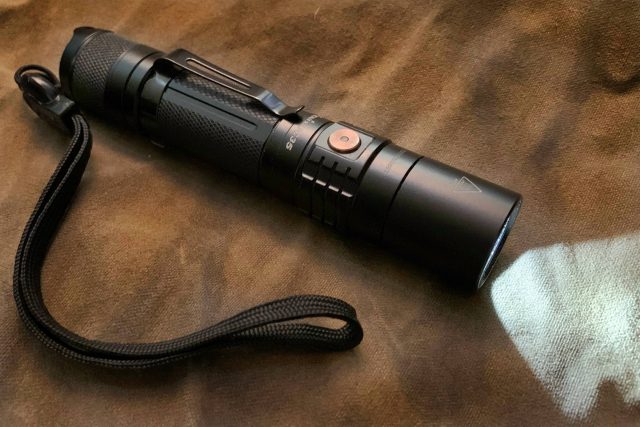
Sadly, our human vision has not yet evolved to allow us to see in the dark. You won’t be able to depend on the flimsy torchlight that your phone emits, so get yourself a proper, heavy duty flashlight. Battery operated is fine, but you could also invest in a solar powered or hand crank model as a backup. You don’t want to be caught out in the dark! Even better, opt for a headlamp – it’s hands free, which is especially handy when you’re fleeing danger…
#3 – Good Quality Survival Knife
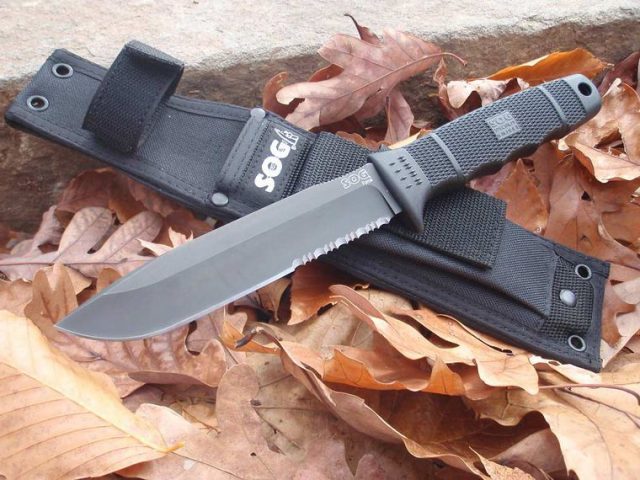
No, we don’t mean one you pulled from your cutlery drawer. You need a real knife, one that’s designed to do more than slice and dice. This isn’t just a means of security and protection, but can also help you in many other tasks including food preparation and setting up camp. Check out this article from Business Insider which should help you find your ideal model – the more bells and whistles it has, the better, but be sure they’re all actually useful!
#4 – Appropriate Map (And Other Directional Aids)
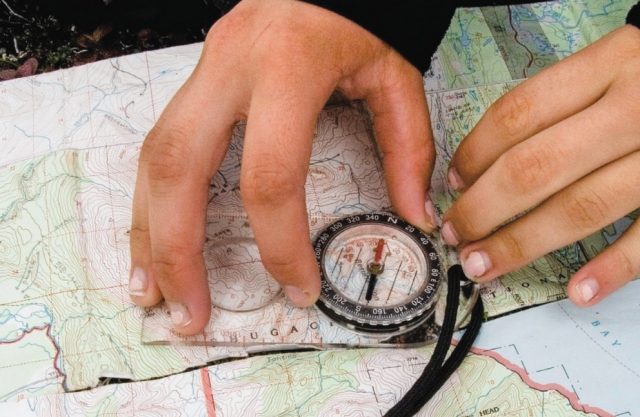
Don’t even consider yourself ready for wild survival if you don’t know how to read a map. Yes, your cell will be able to pick up maps to an extent, but you don’t want to solely rely on technology that can very easily let you down. Learn how to navigate via mapreading and pick up an appropriate map – not a giant world one, but a map that is as specific to the area you’ll be navigating as possible. We would also advise you to pick up a compass or some other form of directional aid, which will help you find true north and more accurately head in the right direction.
#5 – Water Purification System
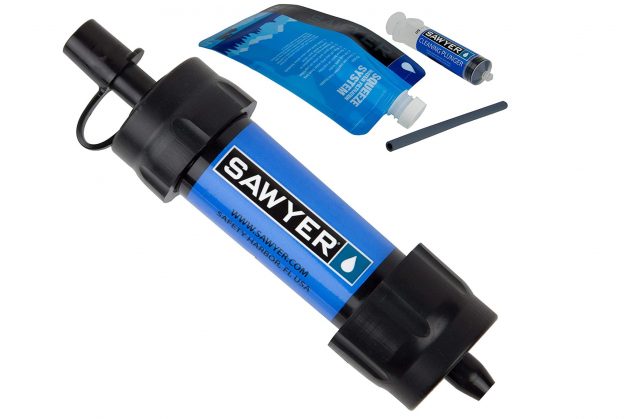
Your body can last a maximum of seven days without water – but you’ll usually only hold out for about three. Ensure you never have to worry about where your next sip comes from by equipping yourself with a proper water purification system. Have a look at these setups here, designed especially for use in the great outdoors. If you can’t afford the higher-end units, you could always invest in some purifying tablets, but those are going to run out eventually..
#6 – Fire Starter

Rather than depending on the art of rubbing two sticks together, make your life easy. In sub-zero temperatures, you’re going to want to get those flames crackling quickly, so prepare for the worst with several kinds of fire starter. From a lighter and kindling to a striker or good old fashioned matches, keeping yourself equipped with plenty of options for fire starting.
#7 – Rope
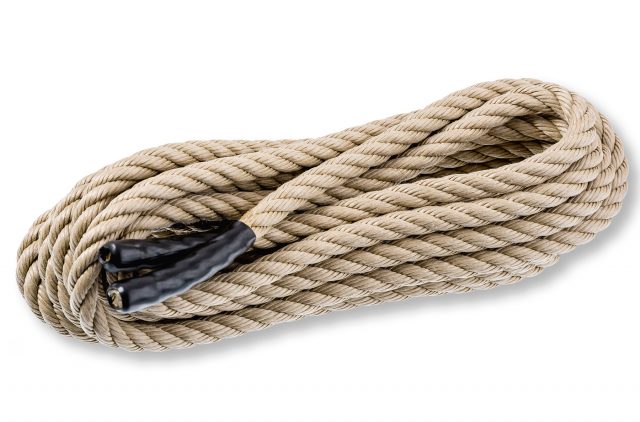
Whether you need to create a makeshift shelter, perform a steep climb, set traps or even make your own emergency fishing line, a loop of rope or some thinner cord can be really handy for numerous potential situations. The more hard-wearing you can get, the better – some materials are capable of holding more than five times your body weight, so you can tie knots that are truly dependable.
#8 – Signal Mirror
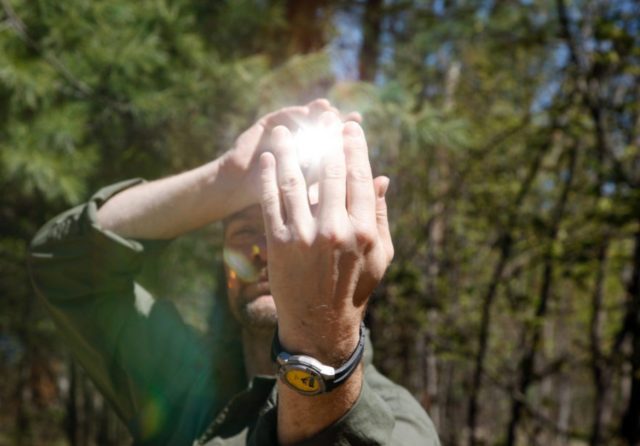
Last but not least, it’s time to think about worst case scenarios: what if you find yourself so deprived of energy and unable to reach help, and there’s no way for you to call for it? In such a situation, one would usually send up an emergency flare or other form of SOS signal, but these can be bulky and expensive. A simple signal mirror only costs a couple of dollars but it can shine lights as far as fifteen miles away. Such a distance could be the difference between the emergency services locating you and your body being left for the coyotes…
I Have My Gear – Now What?!
Once all of your necessary gear has been assembled, you’re going to want to get yourself a decent carry bag to store it all in – and it needs to be wilderness-proof!
Head over to https://elementssurvival.com/ and check out their incredibly thorough guide to picking out your ideal Chest Rig, otherwise known as a tactical vest.
One of these bad boys allows you to transport your survival equipment with minimal strain on your back and shoulders. You can also organize it more efficiently, as well as having your most important items immediately accessible.
No need to fling off your backpack in order to grab your knife in an emergency – it’s right there at your fingertips.














